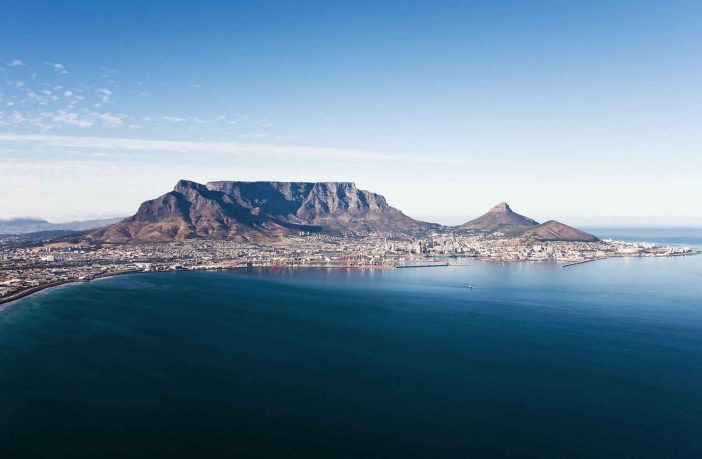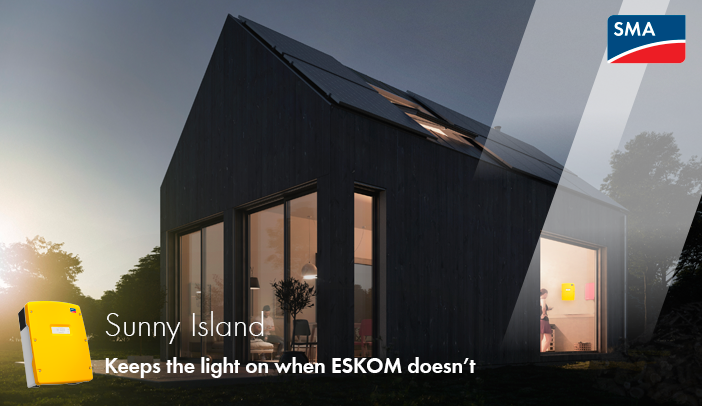Watch: Electricity Wheeling in South African Municipalities
What is electricity wheeling?
Wheeling is the act of transporting electricity from a generator to a remotely located end-user through the use of an existing distribution or transmission system. This may also be across multiple different distribution networks, such as through Eskom to a municipality.
This does not necessarily mean that the exact electrons entering the transmission network from the generator will be transported to the end-user. Rather, wheeling frameworks and rules guide the balancing of energy from the generator with the end-user consumption through a financial transaction. This also includes overcoming system losses.
How will this help with increasing low-carbon energy in the province?
While small-scale embedded generation (SSEG) in the province is widely supported, sometimes the requirements for electricity at a specific site are more than the energy that can be generated given the space available. Alternatively, sometimes greater energy output can be generated in a specific geographical location (e.g. you probably get more energy from the same solar PV plant if it is located in a flat area with lots of solar irradiation, versus next to a mountain with lots of shadows).
By implementing wheeling frameworks and tariffs, the end-users can buy power from generators located at more favourable geographic locations. Additionally, these frameworks provide a mechanism for municipalities to recover the cost of maintaining the electricity network and administrative functions.
Other benefits include:
- More energy inputted into the grid will result in less load shedding at national level.
- End-users get access to energy that is potentially lower-carbon or cheaper than other supplies.
- End-users may get access to more predictable energy cost increases.
- Local development of energy projects can result in more jobs, both in construction and operational phases.
- Municipalities are fairly compensated for the costs of the distribution of electricity.
- A more stable and cost effective operating environment can result in significant economic growth, which ties into the G4J strategy.
The Western Cape Government has developed Standard Wheeling Agreements Templates available to assist municipalities which can be downloaded below:
- Wheeling Toolkit:
- Municipal Revenue Study Excel Tool:
- Electricity Wheeling Standard Use-of-Systems and associated Agreements User Guide:
- Wheeling Use of System Agreement Template:
- Connection Agreement for the Purpose of Wheeling Template:
- Supplemental Agreement to the Electricity Supply Agreement for the Purpose of Wheeling Template:
Some additional resources that may be useful can be found below:
- Eskom’s Virtual Wheeling Platform: https://www.eskom.co.za/distribution/wp-content/uploads/2023/07/20230710…
- Embedded Generation Resource Portal Cost of Supply Template and ToR: Cost of Supply Studies – Embedded Generation Resource Portal (sseg.org.za)
- Embedded Generation Resource Portal Template for Municipal Wheeling Guideline: Template Municipal Wheeling Guideline – Embedded Generation Resource Portal (sseg.org.za)
- Embedded Generation Resource Portal Framework Templates: Template Municipal Wheeling Guideline – Embedded Generation Resource Portal (sseg.org.za)
- Embedded Generation Resource Portal Training: Training Archives – Embedded Generation Resource Portal (sseg.org.za)
- Ernst and Young Resources: https://thirdpartywheeling.co.za/
Source: Western Cape Government













